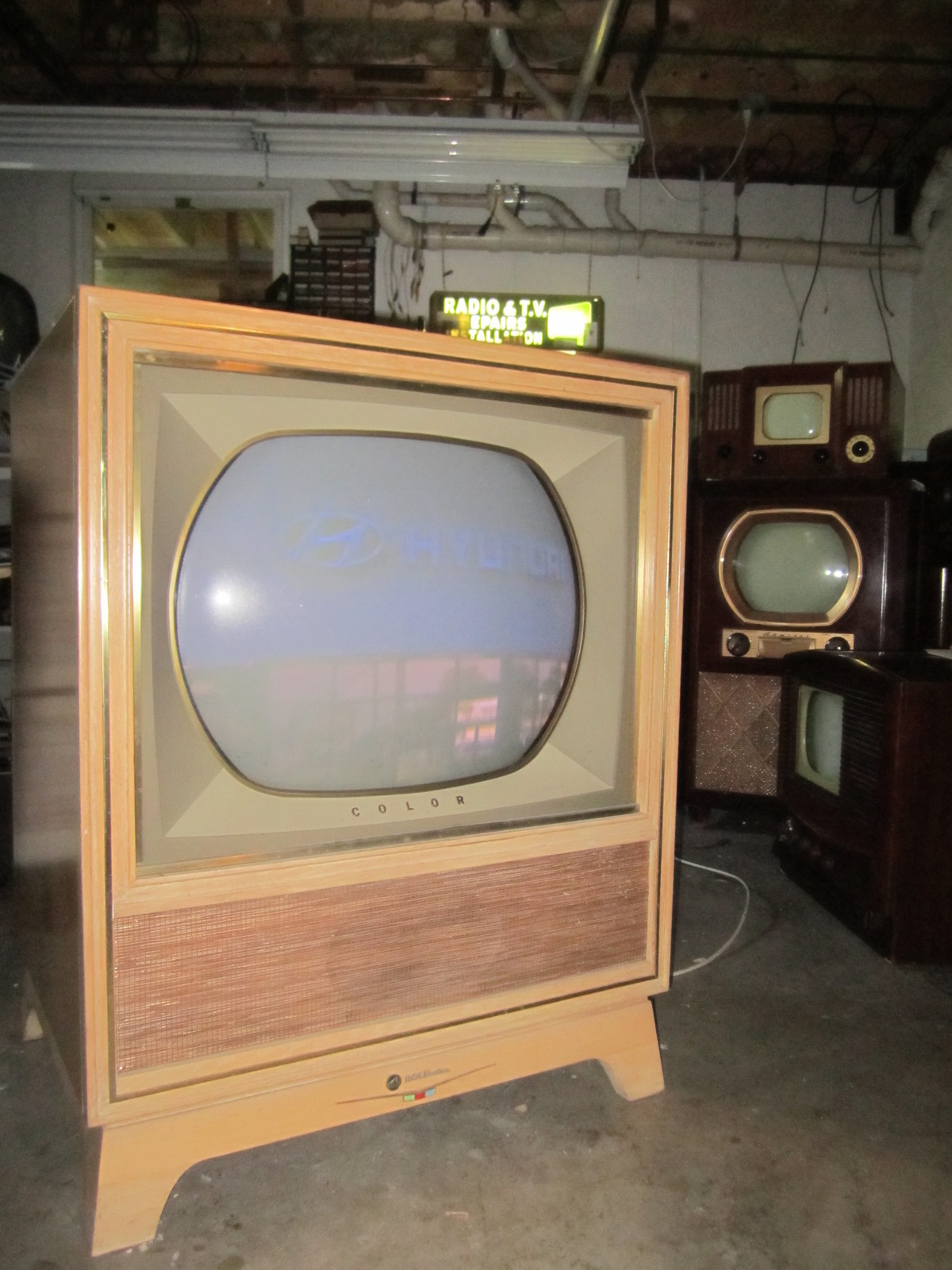Rca Victor Radio Serial Numbers
ConsolePhoto Radio Boulevard Western Historic Radio Museum WHRM Radio Photo Gallery Floor Model Radios and Radio-Phonographs 1929 to 1939 photo right: This well-dressed couple is enjoying great sound from their McMurdo Silver receiver Console (Floor) Model Radios (1929-1939) Victor Talking Machine Co. 'Nine Fifty-Four' Although the name is Victor Talking Machine Co., actually the old 'Victrola' company had been sold to a bank syndicate in 1926 due to Victor's CEO Eldridge Johnson's failing health.
1930 Victor R-15 aka Radiola 48 Mini-Console Radio. And the Victor Divisions within RCA Victor are still. Radio: Production Year: 1930/31: Serial Number.


In early-1929, the VTMCo was purchased for $32 million by GE, Westinghouse and RCA and the plant in Camden, NJ modernized. Priced at $1350, the 'Nine Fifty-Four' Automatic Electrola-Radiola was one of the more expensive machines available in 1929.
The cabinet was a fabulous 60' tall Spanish influenced walnut cabinet. Unfortunately, the 9-54 was fraught with problems. The deluxe receiver, the Radiola 64, was an eleven tube superheterodyne with tuning meter, AVC and impressive audio from a single-ended UX-250. To obtain maximum power from the UX-250 its plate was running at nearly +400 vdc. After a few years operation the power transformer's insulation failed - usually in a dramatic, smoke filled fashion. The automatic record changer was a second generation version of the original Victor automatic changer but the new changer was released before all of the bugs could be worked out. All of the second generation changers were recalled within a few months and reworked but even then the changers were unreliable and developed a reputation for breaking records - either by a failed ejection allowing the lifter ring to crush the record or by tossing the record onto the floor.
Many 9-54s had their original radio and phonograph replaced with newer equipment, also some were 'gutted' and converted into liquor bars or book cases. As a result, very few 9-54s survive intact today. Free Quicken 2002 New User Edition.
This particular 9-54 is a complete, original example that was owned by 1920s-1930s cowboy movie-star, Hoot Gibson. Interestingly, another famous cowboy movie star also was a 9-54 owner, William S.
Hart had one at his ranch in Newhall, California. Victor Talking Machine Co.
(Radio-Victor Corp. Of America) Radio-Electrola RE-156 RCA,GE and Westinghouse were in a partnership running Victor since early-1929. Actually two companies were formed to run Victor, (AudioVision Appliance and Radio-Victor.) In late 1929, RCA-Victor was formed to consolidate everything into one company. In 1930, an Anti-trust suit was filed against the group which broke-up the longtime partnership (cross-licensing arrangement) and essentially put RCA in sole ownership of RCA-Victor. Due to the Depression, expensive machines were no longer a saleable item, so RCA-Victor utilized left-over cabinets from the previous year's most expensive model, the 9-56 Automatic Electrola-Radiola, ($1750 selling price in 1929) and replaced the 9-56's problem prone Radiola 64 and notorious automatic changer with the reliable ten-tube Microsynchronous TRF receiver and a simple manual turntable. Standing 65' tall, the Chinese Chippendale cabinet is decorated with oriental motifs in red, black and gold lacquer. Walnut veneer panels with black, gold and green lacquer trim are used on the exterior. Slowdive Souvlaki Remastered Rar Download Free. Download Free Whatsapp Messenger For Blackberry Curve 8520 there.
With the doors closed, ten filigree bronze hinges and the filigree bronze door-pull escutcheons are visible. Selling for a mere $595, only 245 of these behemoths were produced. RCA Victor Co., Inc.
Radiola-Electrola RE-57 For 1931, RCA-Victor continued to offer the old Microsynchronous receiver in some of their Radiola-Electrola models. These later TRF radios have screen-grid tubes and an improved amplifier but still feature the odd tuning system of levers and rollers. The manual phonograph featured a large counter-balanced tone arm with horseshoe magnet pick-up. These types of pick-ups could also be 'driven' to actually move the needle and RCA took advantage of that by designing a system of home recording that used 'pre-grooved' records. The material that the records were made from was soft and it was possible to somewhat modulate the grooves using the pick-up with proper recording needle and a fairly heavy weight placed on the pick-up.
The discs were only six inches in diameter so recording time was brief. One could select to record something from the radio or one could record using the hand-held microphone. Actually, for 78RPM record playback, the RE-57 and similar Electrolas provide great performance with ample sound and plenty of bass, as long as the pick-up has been rebuilt and the rest of the electronics are in good condition. RCA-Victor Co., Inc. Radiola-Automatic Electrola, RAE-59 RCA-Victor incorporated several new features into their deluxe radio-phonograph, for 1932 (introduced in late 1931.) Though the Microsynchronous receiver was still used in the lower-cost models, the RAE-59 had a newly designed ten-tube superheterodyne with Push-Pull 47s for greater audio power.